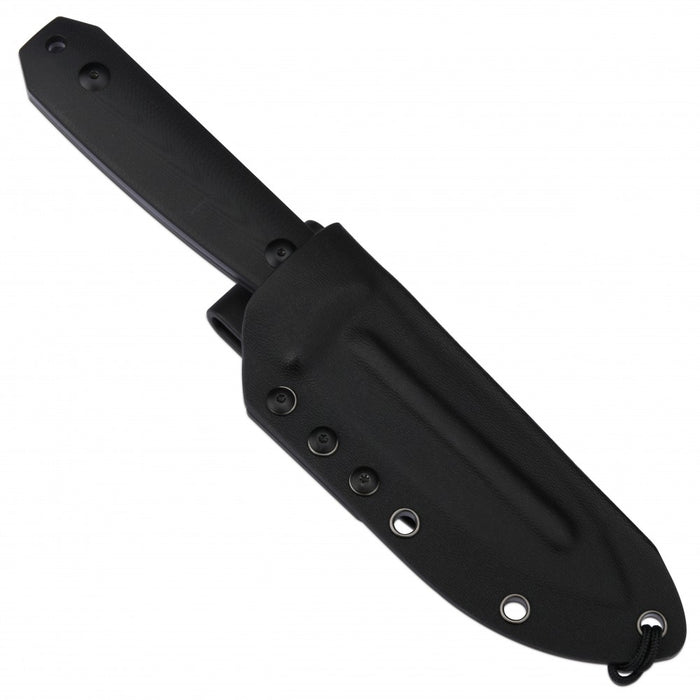For outdoor enthusiasts, a fixed blade knife is an indispensable tool. Whether you are camping, hiking, or engaging in survival activities, understanding how to choose the right fixed blade knife can significantly enhance your experience. This guide will delve into the essential factors to consider when selecting a fixed blade knife, ensuring you make an informed decision.

Understanding Fixed Blade Knives
A fixed blade knife is characterized by its sturdy, non-folding blade, which is securely attached to the handle. This design provides superior strength and durability compared to folding knives. But what makes a fixed blade knife ideal for outdoor activities? The answer lies in its versatility and reliability.
Types of Fixed Blade Knives
When exploring the world of fixed blade knives, you will encounter various types, each designed for specific purposes. Here are some common categories:
- Survival Knives: These are robust and multifunctional, often featuring serrated edges and additional tools.
- Hunting Knives: Designed for skinning and processing game, these knives typically have a narrower blade.
- Camping Knives: Ideal for general outdoor tasks, these knives are versatile and easy to handle.
- Tactical Knives: Built for self-defense and combat situations, these knives often have a sleek design and are made from high-quality materials.
Materials Matter
The materials used in a fixed blade knife significantly impact its performance and longevity. Common materials include:
- Blade Steel: High-carbon steel offers excellent edge retention, while stainless steel is resistant to rust and corrosion.
- Handle Materials: Options like G10, Micarta, and wood provide different levels of grip and comfort.
When selecting a knife, consider how these materials will perform in your specific outdoor environment.
Choosing the Right Size and Weight
Size and weight are crucial factors in selecting a fixed blade knife. A larger knife may offer more cutting power, but it can also be cumbersome to carry. Conversely, a smaller knife is lightweight and easy to handle, but may not be suitable for heavy-duty tasks. What size fits your needs best? Consider the activities you plan to undertake and choose accordingly.
Maintenance Tips for Longevity
To ensure your fixed blade knife remains in optimal condition, regular maintenance is essential. Here are some tips:
- Clean the blade after each use to prevent rust.
- Sharpen the blade regularly to maintain its cutting efficiency.
- Store the knife in a dry place to avoid moisture damage.
For those looking to explore a wide range of options, check out the collection of  available at Artisan Cutlery.
available at Artisan Cutlery.
Conclusion
Choosing the perfect fixed blade knife involves understanding your specific needs, the types of knives available, and the materials that will best serve you. By considering these factors, you can select a knife that not only meets your requirements but also enhances your outdoor adventures. Remember, a well-chosen knife is an investment in your outdoor experience.








